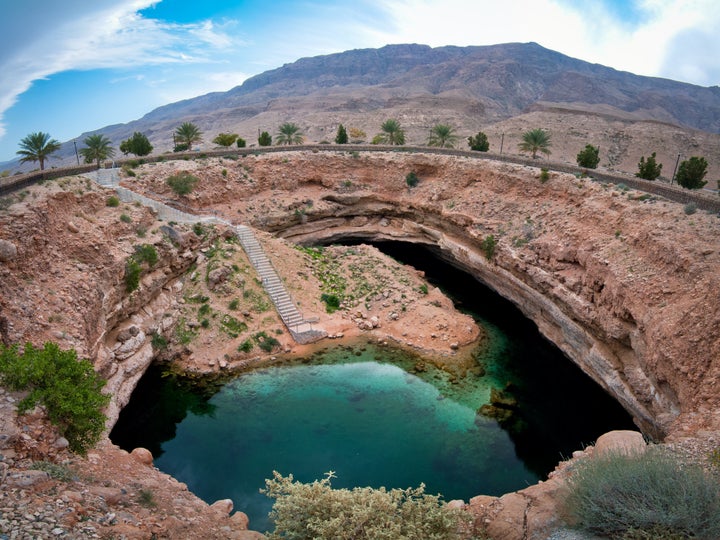Barely a month goes by it seems without a small part of our green and pleasant land opening up and swallowing someones car or a bit of their house.
Just a few days ago this happened...
And while in the UK no one has been hurt by a sinkhole, further afield people have been far less fortunate.
Take this couple in South Korea for instance...

Or this Chinese driver...
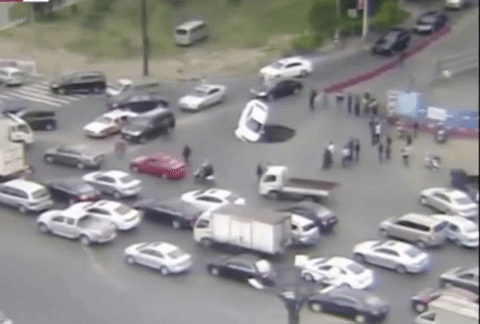
And sometimes they're absolutely massive. And on fire.
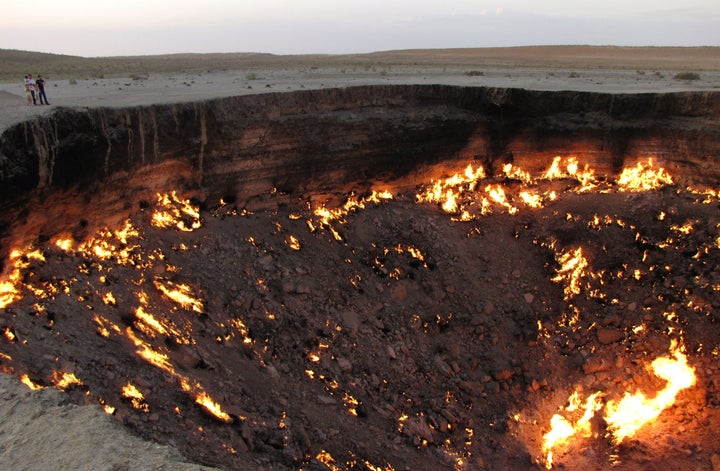
Which begs the questions: what the hell are sinkholes and should I be worried one will be the cause of my demise?
To answer these quesitons The Huffington Post UK spoke to Dr Timothy Farewell, a Senior Research Fellow in Geospatial Informatics, aka Sinkhole Expert, at Cranfield University.

What are sinkholes?
Generally speaking, a sinkhole occurs in one of two ways. Either when soluble bedrock dissolves leaving a crater into which the ground above falls in on itself, or when a cave or man-made mine collapses with the same result.
In the UK we're more concerned with the former. These type of sinkhole - sand washout cavitations - are more likely to occur in areas with a certain type of soil.
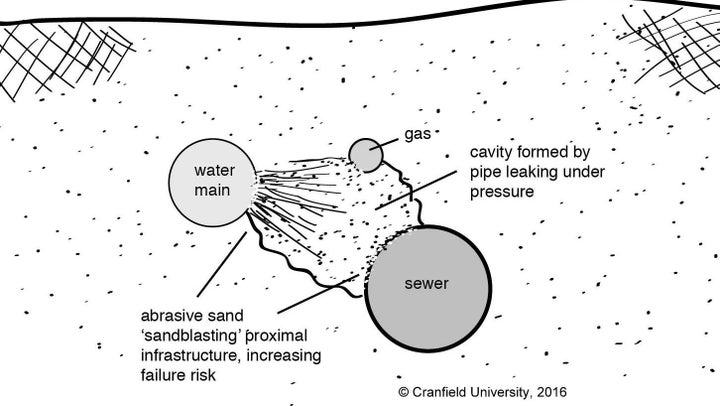
Dr Farewell said: "These types of events occur most commonly in sandy soils, and are very frequently associated with a leaking water main.
"This is because sandy material can be easily washed away (e.g. into sewers), when there is highly pressurised water present.
"Over time large cavities in the ground can form leading to a sinkhole."
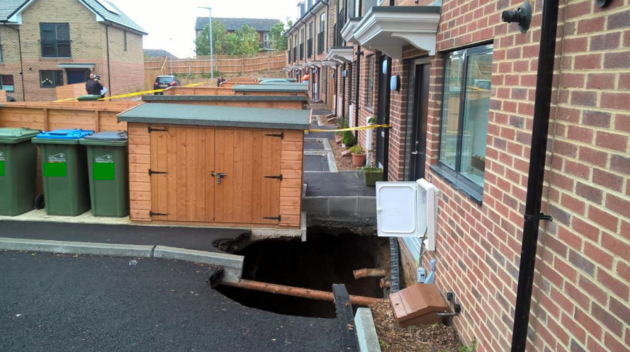
Are they becoming more common?
You could be forgiven for thinking so as they have appeared more and more frequently in the press over the last couple of years.
But does this reflect reality or just our growing fascination with the phenomenon?
Dr Farewell said: "No. We typically see about 10 significant events a year in the UK, where a sinkhole, generally caused by a burst water main, impacts on other infrastructure types, like roads, or gas mains.
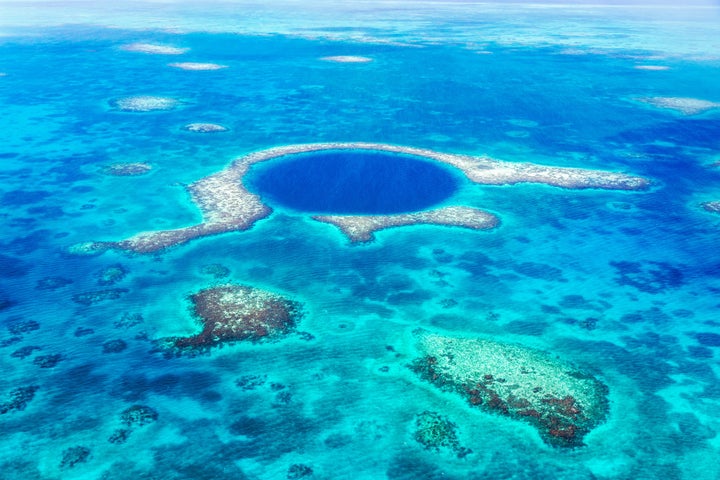
"The only way they would be becoming more common is if pipes are failing more often and there's not clear evidence that is happening.
"But there are other geo-hazards like clay subsidence which is likely to become more common over the next decade as our climate moves to become hotter and drier."
Where in the UK are they most likely to occur?
Any area with sandy soil.
According to Dr Farewell, this includes: Dorset (Poole), Cromer (Norfolk), Kings Lynne, Norwich, Woking, Dorking, Reigate, Scunthorpe.
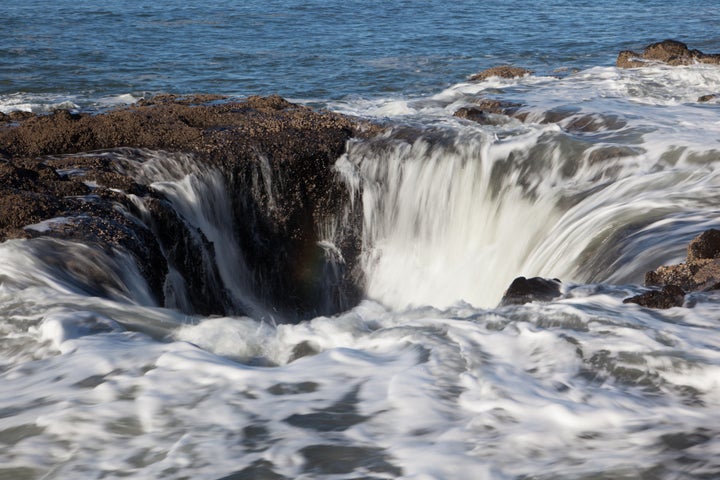
I live in one of those areas! How can I get a more accurate picture?!
Rather helpfully, Cranfield University have developed an interactive map where you can enter your postcode and check. There's a link to it here.
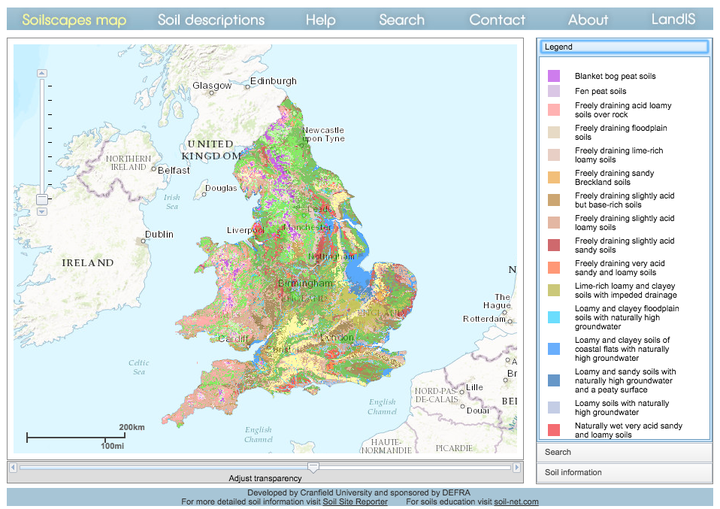
What you're looking for essentially is any soil type that includes the word 'sandy'.
And if you live around London you can check with this.
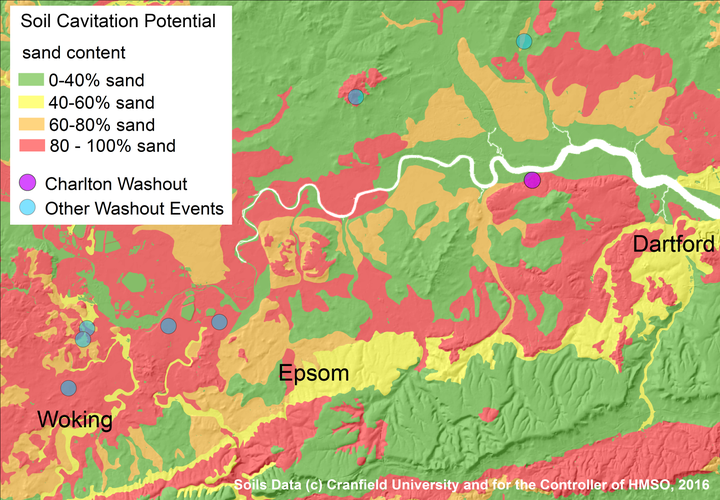
AAGGH! It says 'freely draining slightly acid sandy soils'. What do I do now?!
First of all stop fretting.
Dr Farewell said: "Don't worry about it. There's only about 10 significant events each year in the UK contrasted against thousands of subsidence events so the risk of this actually happening to you is very small. Don't lose any sleep over this.
Secondly, your worrying is utterly pointless.
Dr Farewell adds: "In reality there's very little you can do about it."

So what's the prognosis?
Basically, the chances of you being swallowed alive by a sinkhole are minuscule and you can't do anything about it anyway so carry on.
Plus, it's not the sinkholes that will get you it's the clay subsidence and climate change...
